- Home
- Pneumatics
- Pneumatic Tools
.....Read More
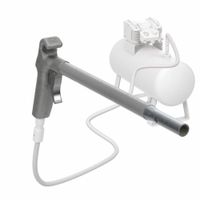
Air Guns, Vacuum Guns & Air Excavation Tools
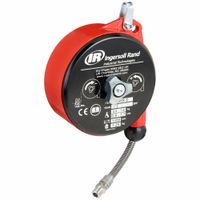
Air Hose Tool Balancers
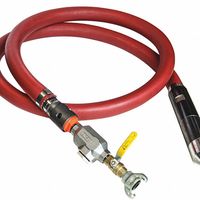
Air-Powered Concrete Vibrators
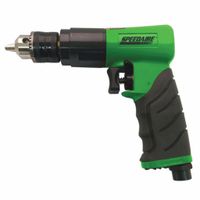
Air-Powered Drills & Drivers
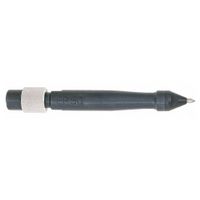
Air-Powered Engravers & Accessories

Air-Powered Files
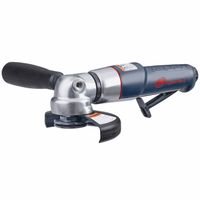
Air-Powered Grinders & Cut-Off Tools

Air-Powered Hammers & Chisels

Air-Powered Nail Guns, Staple Guns & Riveting Tools

Air-Powered Routers
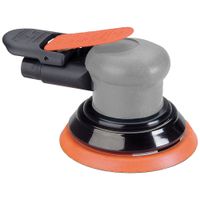
Air-Powered Sanding & Finishing Tools
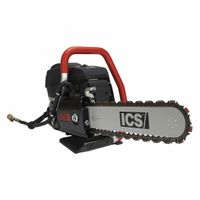
Air-Powered Saws

Air-Powered Scarifiers & Cutter Bundles
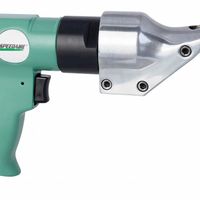
Air-Powered Shears & Nibblers

Air-Powered Siphon Spray Guns & Power Washers

Air-Powered Wrenches & Ratchets
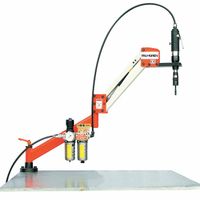
Air Tapping Arms
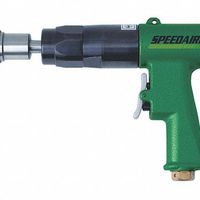
Air Tapping Tools

Air Tool Combination Kits
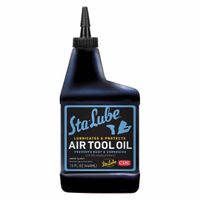
Air Tool Oil

Air Tool Pneumatic Replacement Parts

Diggers, Breakers & Sand Rammers
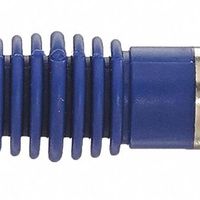
Flexible Air Fittings

Needle Scalers & Scaling Needles

Rock Drill Rods & Rod Tips
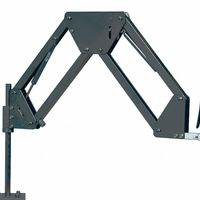
Torque Arms & Holders
Frequently Asked Questions
What are the advantages of using pneumatic tools over electric tools?
How do I maintain and care for pneumatic tools?
What size air compressor do I need for my pneumatic tools?
How do I troubleshoot common issues with pneumatic tools?
What safety precautions should I take when using pneumatic tools?
How do I choose the right pneumatic tool for my specific task?
Can pneumatic tools be used for both professional and DIY projects?
What are the most common applications for pneumatic tools?
How do I properly store pneumatic tools when not in use?
What are the differences between various types of pneumatic nailers?